Cactuses, with their rugged appearance and remarkable adaptability, are a captivating subject in the plant kingdom. They thrive in some of the harshest environments on Earth, yet they exhibit an extraordinary range of forms, sizes, and colors that make them a source of endless fascination for botanists, gardeners, and plant enthusiasts alike.
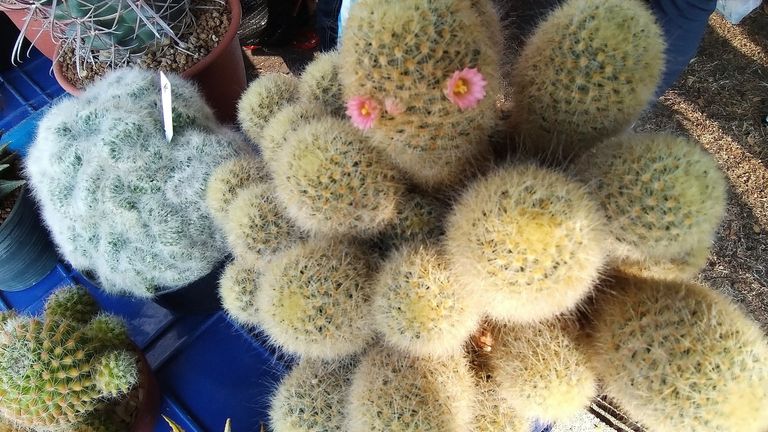
Adaptability and Survival
One of the most striking features of cactuses is their ability to survive in extreme conditions. Native to the Americas, cactuses are predominantly found in deserts where water is scarce, temperatures soar during the day and drop drastically at night, and the soil is often nutrient-poor. To thrive in such environments, cactuses have developed several unique adaptations. Their thick, fleshy stems store water, allowing them to endure prolonged periods of drought. The absence of leaves minimizes water loss through transpiration, while their spines, which are modified leaves, offer protection from herbivores and provide some shade, reducing water evaporation.
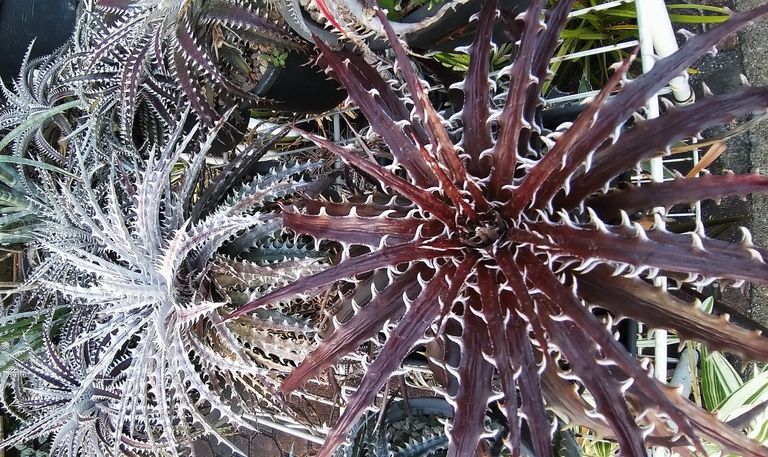
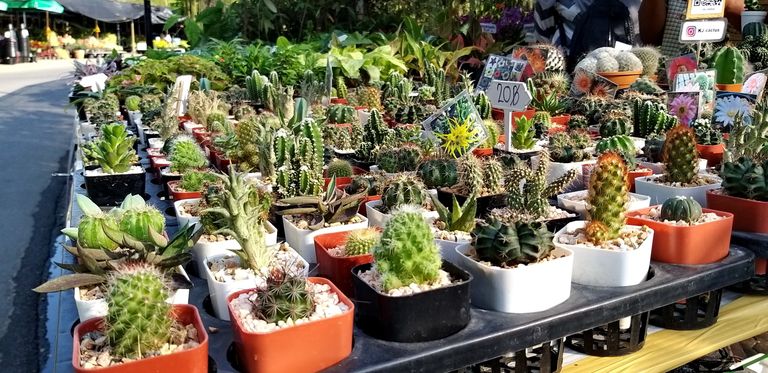
Diverse Forms and Aesthetic Appeal
Cactuses come in a remarkable array of shapes and sizes, from the towering saguaro cactus, which can grow over 40 feet tall, to the tiny, spherical cacti that fit in the palm of your hand. This diversity is a testament to the evolutionary ingenuity of these plants. The ribbed structure of many cactuses, like the Echinocactus grusonii, commonly known as the Golden Barrel Cactus, allows them to expand and contract depending on their water intake, showcasing nature's perfect design for survival.
The aesthetic appeal of cactuses goes beyond their form. Many cactuses produce stunning flowers, often in vivid colors like red, pink, yellow, and white. These flowers usually bloom for a short period, making their appearance a rare and treasured sight. For instance, the night-blooming cereus, or "Queen of the Night," produces large, fragrant flowers that bloom only once a year at night, adding an element of mystery and allure to this already fascinating plant.
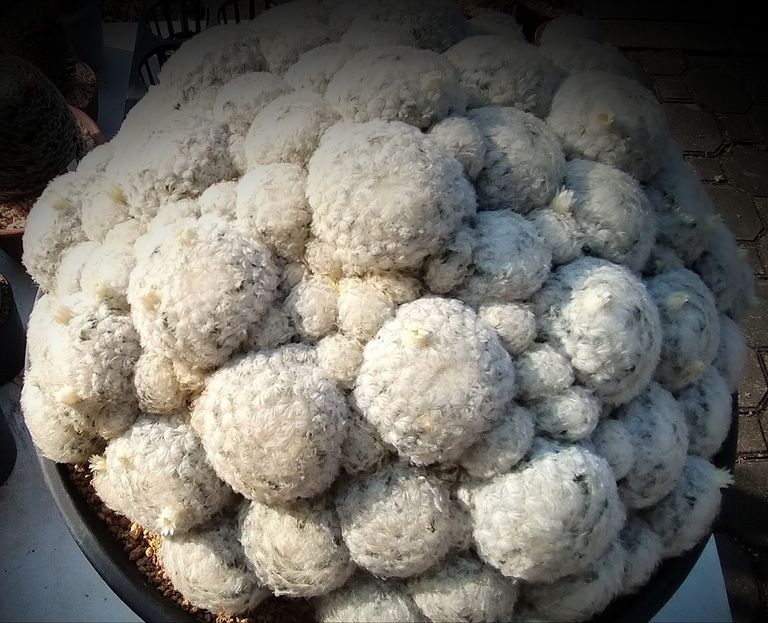
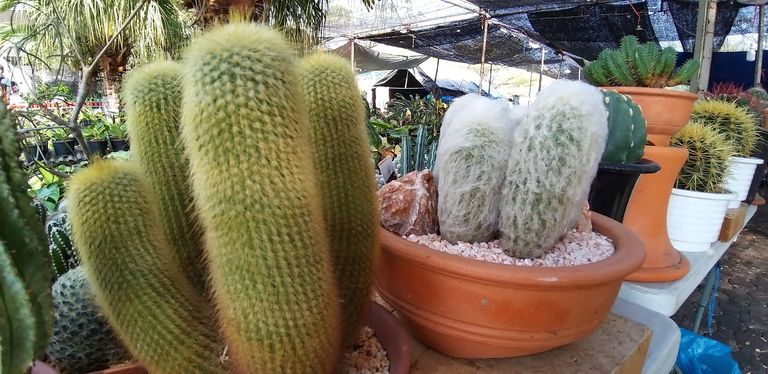
Symbolism and Cultural Significance
Cactuses have also found a place in various cultures and traditions around the world. In many Native American cultures, cactuses are seen as symbols of warmth, protection, and endurance. The saguaro cactus, in particular, is an iconic symbol of the American Southwest, representing the rugged beauty and resilience of the desert landscape.
In modern times, cactuses have become popular as ornamental plants, prized for their low-maintenance care and striking appearance. Their ability to thrive indoors, coupled with their unique forms, has made them a favorite in homes and offices, where they bring a touch of the wild and the exotic to everyday spaces.

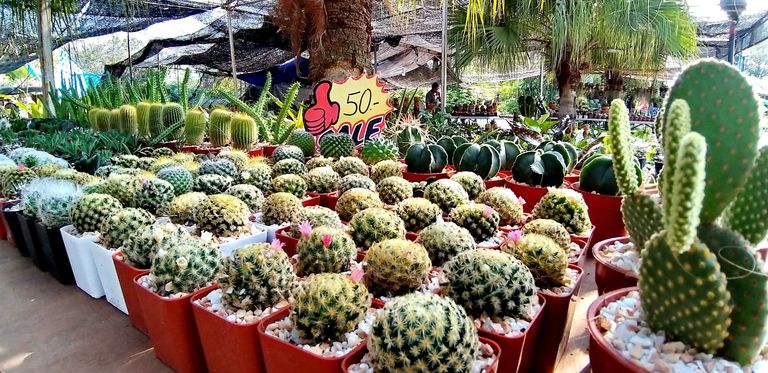
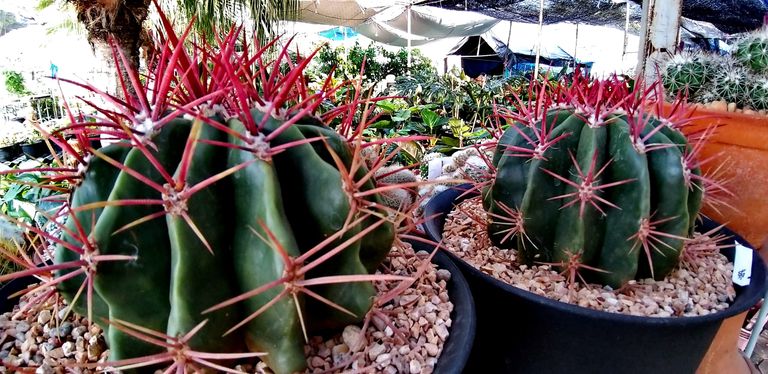
Conservation and Awareness
Despite their hardiness, some cactus species are endangered due to habitat loss, over-harvesting, and climate change. Conservation efforts are critical to preserving these unique plants, ensuring that future generations can continue to marvel at their beauty and resilience.
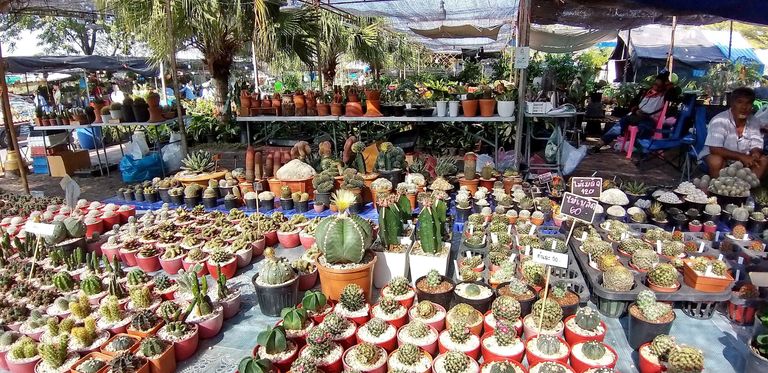
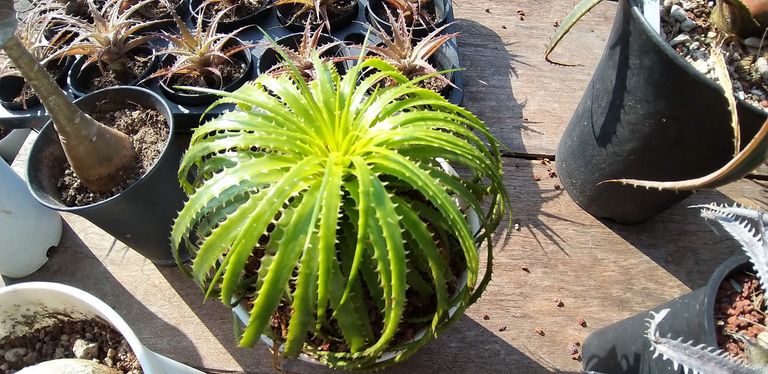
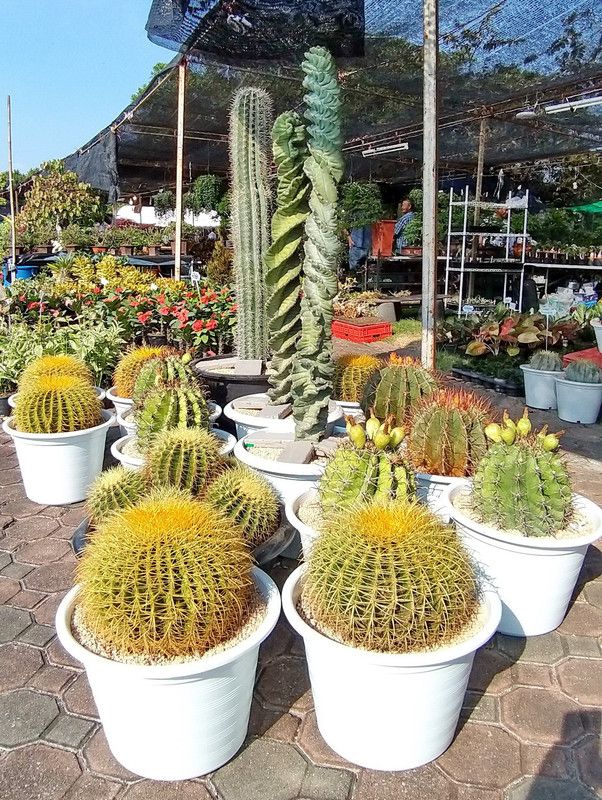

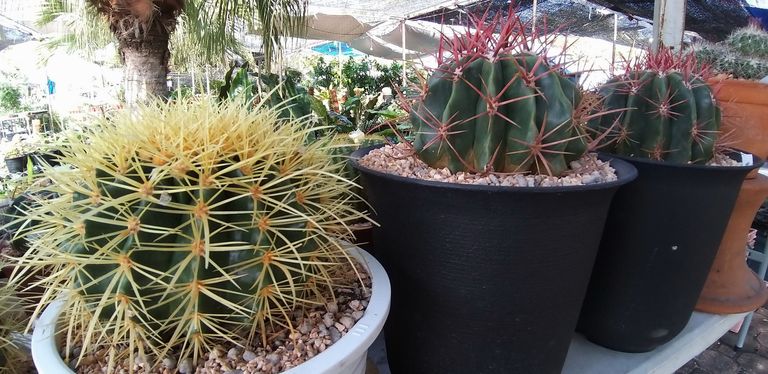
Conclusion
The world of cactuses is one of resilience, beauty, and diversity. From their extraordinary adaptations that allow them to survive in some of the toughest environments on Earth to their unique aesthetic appeal, cactuses are a remarkable testament to nature's ingenuity. Whether appreciated for their striking forms, vibrant flowers, or symbolic meanings, cactuses continue to captivate and inspire, reminding us of the incredible variety and beauty of the natural world.
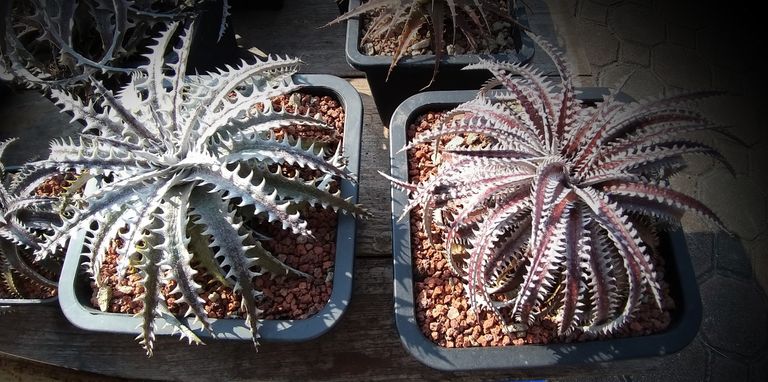
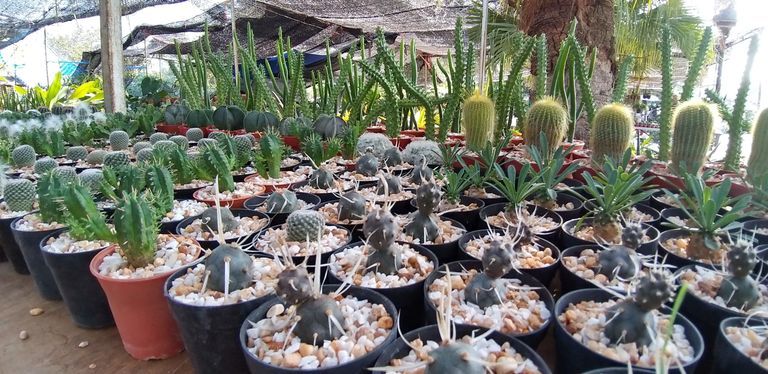
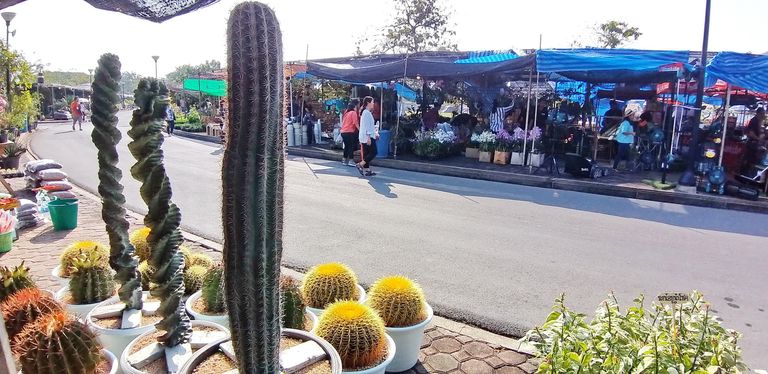
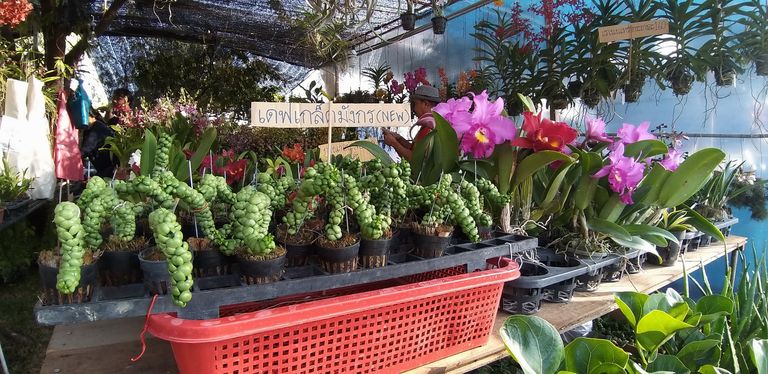
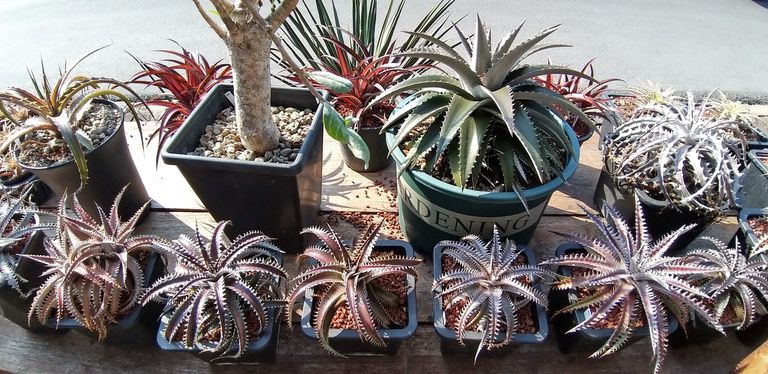

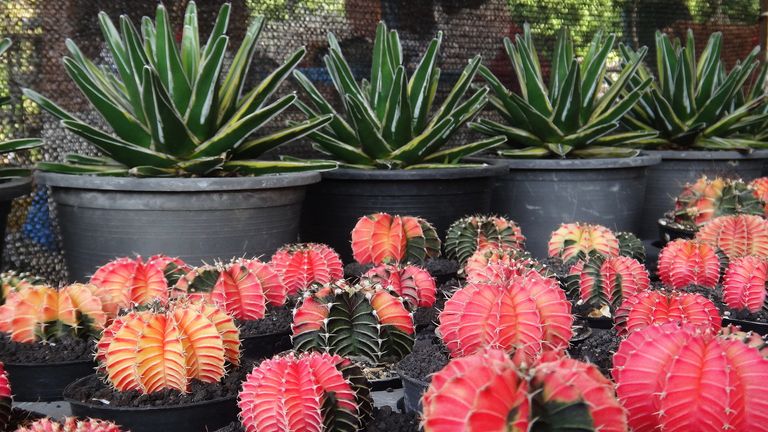
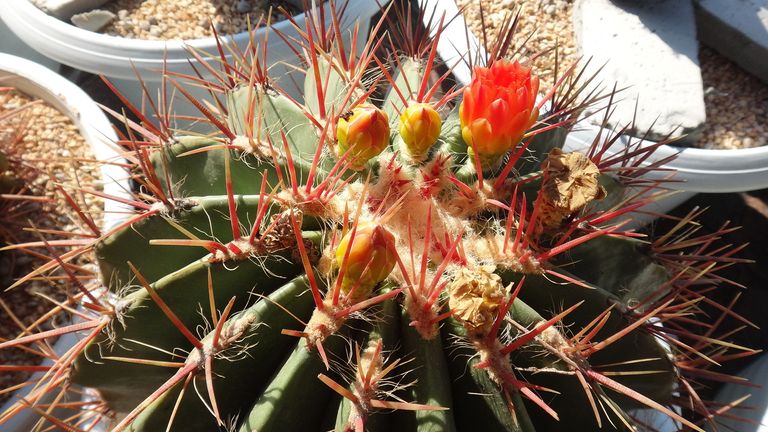
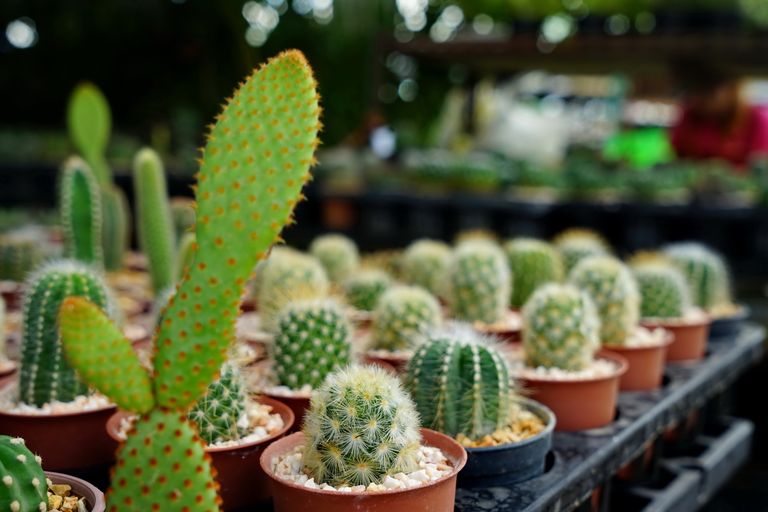
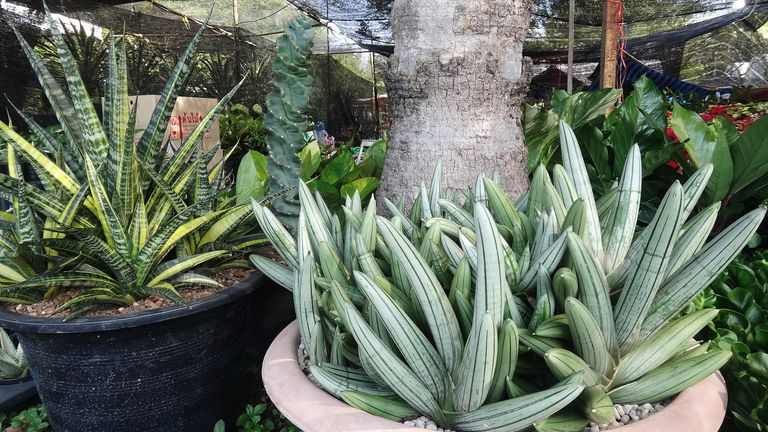

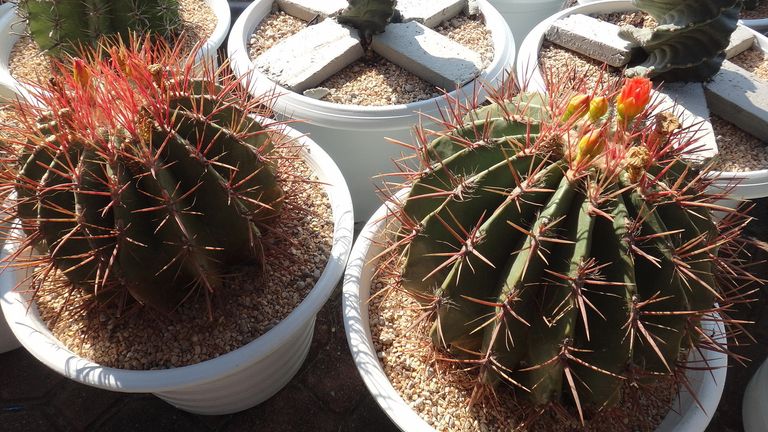
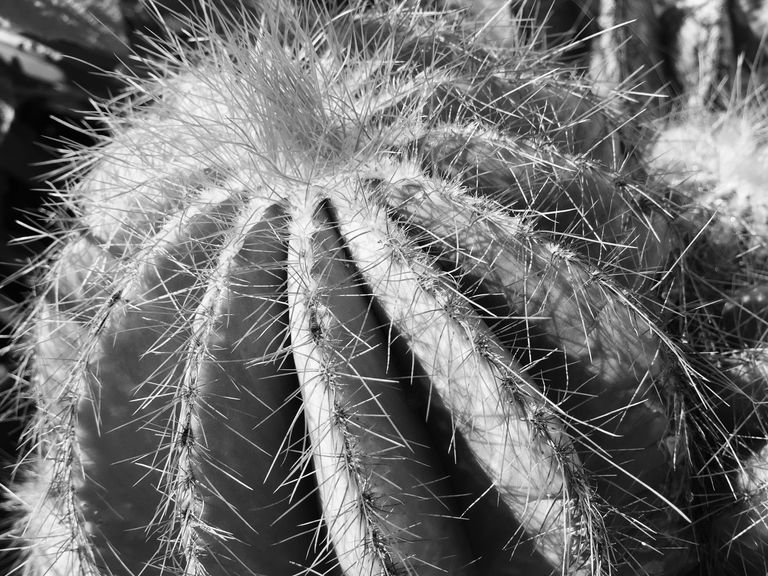
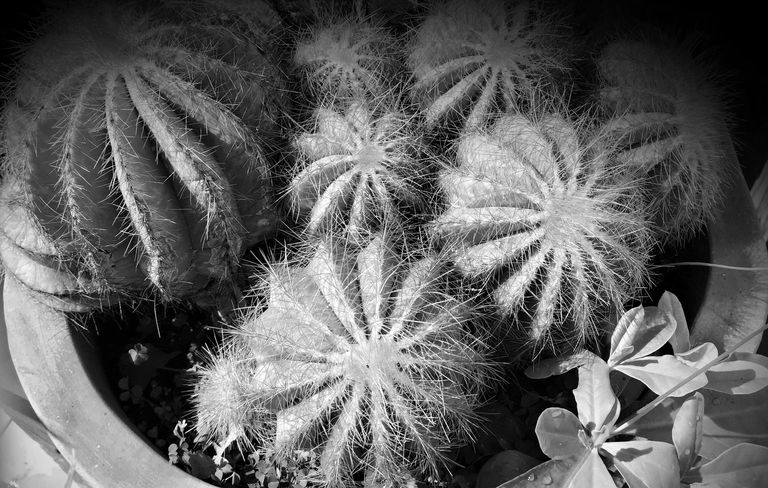
Telegram and Whatsapp